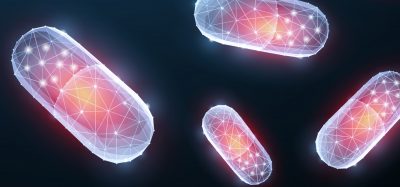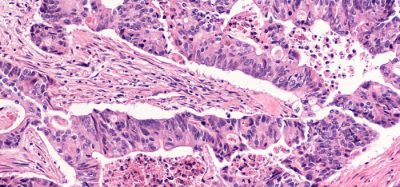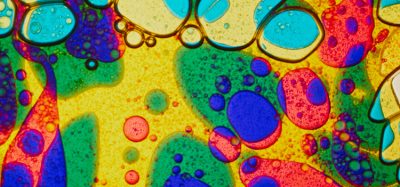CanSAR cancer drug discovery database goes 3D
Posted: 4 January 2016 | Victoria White | No comments yet
The updated canSAR database will allow scientists working in the UK and across the globe to design new cancer treatments more effectively…

The world’s largest database for cancer drug discovery, canSAR, has been revolutionised by adding 3D structures of faulty proteins and maps of cancer’s communication networks.
The updated canSAR database will allow scientists working in the UK and across the globe to design new cancer treatments more effectively.
The canSAR database was launched in 2011 by researchers in the Cancer Research UK Cancer Therapeutics Unit at The Institute of Cancer Research (ICR) – with the ambitious goal of using Big Data approaches to build a detailed picture of how the majority of known human molecules behave.
The new version of canSAR uses artificial intelligence to identify chinks on the surface of faulty cancer-causing molecules, as a key step in designing new drugs to block them. It also allows scientists to identify communication lines that can be intercepted within tumour cells, opening up potential new approaches for cancer treatment.
canSAR holds 3D structures of surface cavity data of nearly 110,000 molecules
The growing database now holds the 3D structures of almost three million cavities on the surface of nearly 110,000 molecules.
Cancer Research UK and ICR together ensure that this resource is free to use for researchers around the world, giving them speedy access to key information.
Dr Bissan Al-Lazikani, team leader in computational biology at ICR, who led the Cancer Research UK-funded team that developed canSAR, said: “Our database is constantly growing with information and is the largest of its kind – with more than 140,000 users from over 175 countries. And we regularly develop new artificial intelligence technologies that help scientists make predictions and design experiments. Our aim is that cancer scientists will be armed with the data they need to carry out life-saving research into the most exciting drugs of the future.
“Scientists need to find all the information there is about a faulty gene or protein to understand whether a new drug might work. These data are vast and scattered, but the canSAR database brings them together and adds value by identifying hidden links and presenting the key information easily.”
Related topics
Artificial Intelligence, Big Data, Drug Discovery
Related organisations
Cancer Research, Cancer Research UK, The Institute of Cancer Research (ICR)







